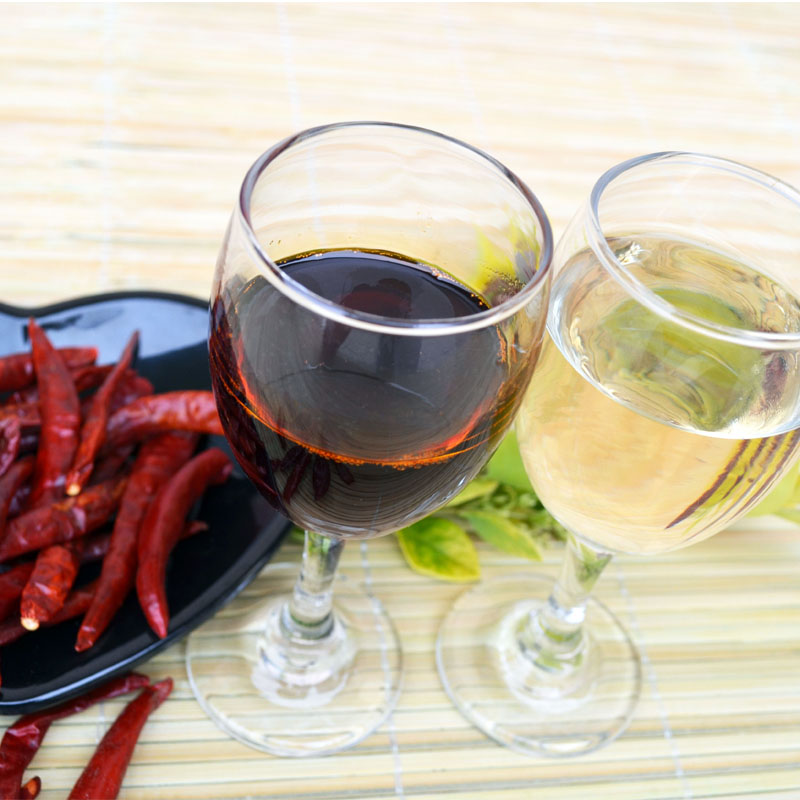- No. 268 Xianghe Street, Economic Development Zone of Xingtai city, Hebei 054001 China
- Byron@hbhongri.cn
Differences Between Smoked Paprika and Traditional Paprika Explained for Culinary Use
The Flavorful World of Smoked Paprika and Paprika
Paprika, a vibrant red spice made from ground peppers, has earned its place as one of the most beloved seasonings in kitchens around the globe. Its origins can be traced back to Central America, but the spice has found a special home in Hungarian and Spanish cuisines, where it plays a crucial role in various traditional dishes. Among the different types of paprika, smoked paprika, known as pimentón in Spain, stands out for its distinct flavor profile and unique aroma. This article explores the differences and culinary uses of both smoked paprika and regular paprika, illuminating how these spices can enhance your cooking.
Understanding Paprika
Paprika is made from grinding specific varieties of capsicum annuum. The taste of paprika can range from sweet and mild to hot and pungent, depending on the type of peppers used and the processing methods. Regular paprika, often labeled as sweet, is derived from mild peppers and offers a subtle sweetness and a slight earthiness. It is a staple in numerous culinary traditions and is commonly used in stews, soups, and as a garnish for dishes like deviled eggs and potato salad.
One of the most significant attributes of paprika is its vibrant color, which can enhance the visual appeal of any dish. When used, regular paprika adds a warm red hue, making it a favorite for chef’s presentations. However, while it contributes visually and adds mild flavor, it can be somewhat understated compared to its smoked counterpart.
The Allure of Smoked Paprika
Smoked paprika is a product of a unique method of drying the peppers over oak fires, which imparts a rich, smoky flavor. This process distinguishes it from regular paprika and gives it an aromatic depth that can completely transform a dish. The intensity of the smoke flavor can vary from brand to brand; some are slightly milder, while others pack a robust punch.
This variety of paprika is predominantly used in Spanish and Portuguese cuisines but has increasingly gained popularity in other global culinary practices. It is often incorporated in dishes such as chorizo, paella, and potato bravas. The smokiness permeates the dish, providing a savory depth, making it an essential ingredient in many recipes, from sauces to marinades.
smoked paprika and paprika

Culinary Uses and Pairings
Both paprika and smoked paprika can be used interchangeably in certain dishes, but their flavors create different culinary experiences. Regular paprika is excellent for adding color and subtlety, while smoked paprika excels when a smoky flavor is desired.
When it comes to pairing, smoked paprika works wonderfully with various ingredients. Its depth complements meats, such as chicken, pork, and beef, making it an ideal addition to rubs and marinades. Vegetables, particularly root vegetables like potatoes and carrots, also benefit from the smoky warmth of this spice, providing an exciting twist to roasted dishes. Additionally, smoked paprika can elevate classic recipes like chili or goulash, adding complexity and richness.
Regular paprika, on the other hand, is often used in egg dishes and milder soups, where its sweet undertones can shine without overpowering other flavors. It can also be used to enhance the taste of nuts and cheeses, making it a versatile spice for various appetizers.
Nutritional Benefits
Both forms of paprika pack a nutritional punch. They are rich in antioxidants, particularly vitamin A, which contributes to eye health and supports the immune system. Additionally, the compounds found in peppers can have anti-inflammatory properties, making paprika a healthy addition to any diet.
Conclusion
Whether you prefer the subtle warmth of regular paprika or the bold smokiness of smoked paprika, both spices deserve a place in your pantry. They not only enhance the flavor of your dishes but also add visual appeal with their bright red hues. As culinary enthusiasts continue to explore and experiment with these spices, their versatility ensures that they will remain staples in kitchens worldwide. Embrace the rich traditions and flavors of smoked paprika and regular paprika, and let your culinary creativity flourish.
-
The Versatile Uses and Benefits of Capsicum Frutescens Oleoresin and ExtractsNewsJun.03,2025
-
Paprika&Chili Products Enhancing Flavor and Wellness in Every BiteNewsJun.03,2025
-
Paprika Extract and Capsicum Applications in Food and IndustryNewsJun.03,2025
-
Exploring the Benefits and Uses of Turmeric Powder and Curcumin ExtractNewsJun.03,2025
-
Discover the Bold Flavor of Premium Chilli Powder from ChinaNewsJun.03,2025
-
Capsicum Oleoresin Extract: A Potent Natural Ingredient in Modern ApplicationsNewsJun.03,2025







